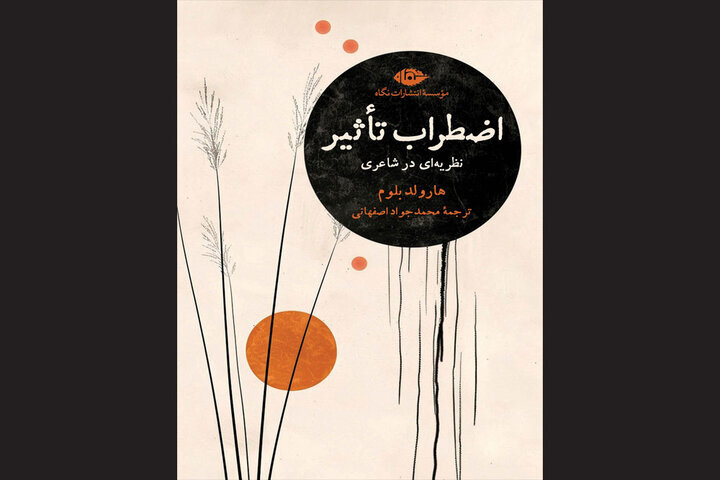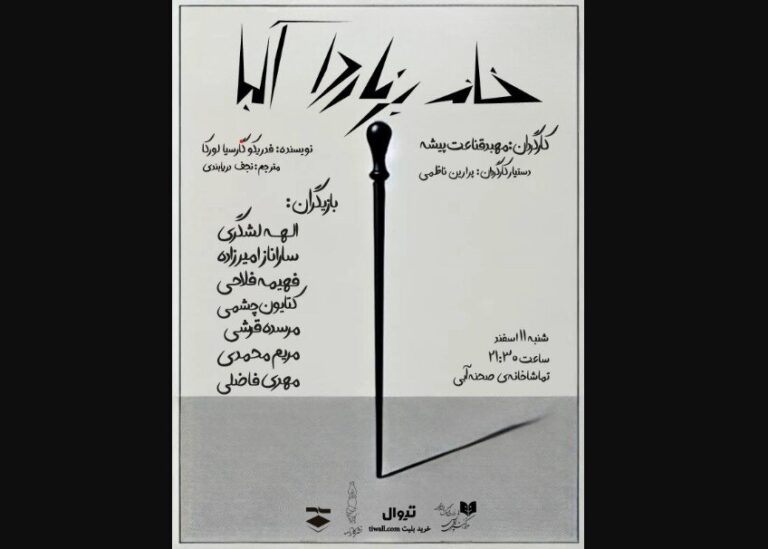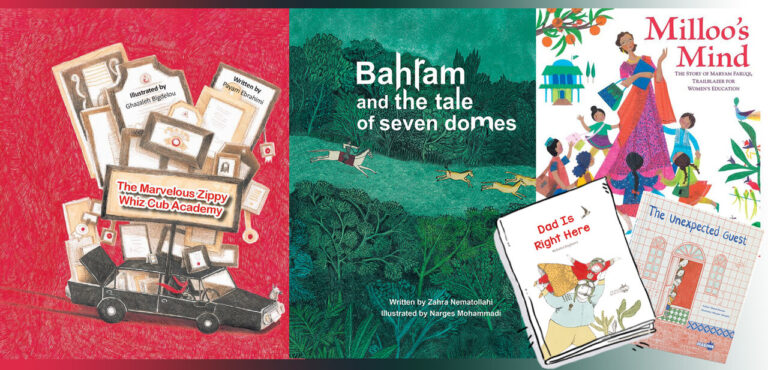Discover Harold Bloom’s ‘The Anxiety of Influence’ Now Available in Persian!
Recently, the Persian translation of the acclaimed book, “The Anxiety of Influence: A Theory of Poetry,” authored by renowned literary critic Harold Bloom, has hit the Iranian book market. This significant work, translated by Mohammad Javad Esfahani and published by Negah Publications, spans 288 pages and delves into the complex relationship between poets and their predecessors.
Originally published in 1973, “The Anxiety of Influence” is a foundational text that introduced a novel revisionary approach to literary criticism, particularly in the realm of poetry. Bloom’s central thesis posits that poets experience a profound sense of anxiety stemming from their relationship with earlier poets. This anxiety can significantly hinder their creative process.
- Understanding Influence: Bloom argues that while poets are inevitably influenced by extraliterary experiences, their primary inspiration comes from engaging with the work of other poets.
- The Dilemma of Derivation: There is a risk that a poet’s work may become derivative, thereby weakening its originality.
- Survival into Posterity: To ensure their legacy, poets strive for an original vision, complicating their relationship with the works of those who came before them.
Bloom’s exploration of this phenomenon leads to the development of the concept of an agon, which refers to a writer’s futile struggle to reconcile their ideas with those of a more influential predecessor. To navigate this challenging terrain, Bloom identifies six revisionary ratios. These ratios draw upon Freudian and quasi-Freudian defense mechanisms, alongside classical rhetoric tropes.
Prior to writing this influential book, Harold Bloom dedicated a decade to studying the Romantic poets of the early 19th century. This extensive research is evident in his analysis of poets like John Milton, Robert Burns, and Edmund Spenser, who are discussed in depth throughout the text. Bloom’s examination also encompasses a diverse array of poets, including:
- Lucretius
- Dante
- Walt Whitman
- Wallace Stevens
- John Ashbery
In “The Anxiety of Influence” and other early publications, Bloom contended that the issue of influence was particularly critical for post-Enlightenment poets. Interestingly, he initially believed that poets like Shakespeare and Ben Jonson faced less influence-related anxiety. However, Bloom later revised this perspective, suggesting in recent editions that even Shakespeare grappled with the influence of his contemporary, Christopher Marlowe, early in his career.
Harold Bloom (1930-2019) was a prominent American literary critic and served as the Sterling Professor of Humanities at Yale University. In 2017, he was recognized as “probably the most famous literary critic in the English-speaking world.” Bloom embarked on his literary journey with the publication of his first book in 1959 and went on to author more than 50 books, which included over 40 works focused on literary criticism, various discussions on religion, and even one novel.
In addition to his writing, Bloom edited numerous anthologies highlighting a wide range of literary and philosophical figures for the Chelsea House publishing firm. His works have been translated into more than 40 languages, reflecting his global impact on literary discourse.
Throughout his career, Bloom stood as a defender of the traditional Western literary canon at a time when many literature departments shifted focus towards what he termed the “School of Resentment.” This shift included ideologies such as multiculturalism, feminism, and Marxism, which Bloom often critiqued. His academic journey included education at esteemed institutions such as Yale University, the University of Cambridge, and Cornell University.
In conclusion, the release of the Persian translation of “The Anxiety of Influence” not only highlights the importance of Harold Bloom’s contributions to literary criticism but also underscores the intricate dynamics of poetic influence that continue to resonate with writers and scholars today. This book remains a vital resource for understanding the complexities of creativity and inspiration in poetry.






